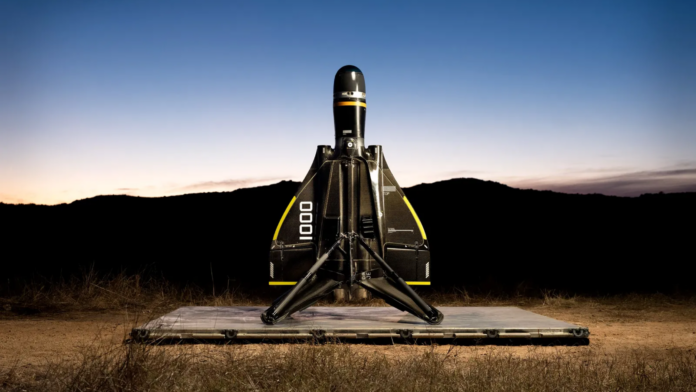In the ever-evolving landscape of modern warfare, the emergence of autonomous drones has marked a significant shift in combat strategy. One company, Anduril, is at the forefront of this technological revolution, reshaping the dynamics of aerial conflict with its latest creation: a jet-powered, AI-driven combat drone.
Founded in 2017 by Palmer Luckey, Anduril has quickly distinguished itself as a defense contractor for the digital age. Combining hacker ingenuity with Silicon Valley’s fast-paced innovation, Anduril is not just another name in the defense industry; it’s a harbinger of a new era in warfare technology.
The Roadrunner, Anduril’s newest product, epitomizes the grim reality of modern conflict, as seen in the ongoing Ukraine crisis. This battleground has witnessed the devastating impact of low-cost, agile suicide drones. In response, Anduril’s Roadrunner emerges as a game-changing force, designed to counter these emerging threats with unprecedented efficiency.
Christian Brose, Anduril’s Chief Strategy Officer, highlights the emerging challenge: “We’re witnessing a new breed of aerial threats – low-cost yet increasingly sophisticated. This calls for a novel approach to defense technology.” Roadrunner is a testament to this philosophy. As a modular, twin-jet aircraft, it boasts high-speed subsonic capabilities and vertical takeoff and landing. Its real edge, however, lies in its ability to autonomously scout for threats, thanks to its advanced AI systems.
While Roadrunner operates with significant autonomy, it isn’t a rogue agent. A core principle of Anduril’s design philosophy is the centrality of human decision-making, especially when it comes to the use of lethal force. “Human agency and accountability are non-negotiable in our systems,” asserts Brose. This balance between technological advancement and ethical responsibility is crucial in the evolving landscape of autonomous warfare.
Samuel Bendett, a military drone expert at the Center for New American Security, points out Roadrunner’s potential effectiveness in Ukraine, particularly against Iranian-made Shahed drones employed by Russian forces. The conflict in Ukraine serves as a real-time laboratory for military innovation, with both sides employing drones across the entire “kill chain” spectrum.
Moreover, the war has catalyzed a broader reevaluation of military strategy worldwide. Several nations, recognizing the game-changing potential of AI and consumer technology in military applications, are rethinking their approaches to defense. The Pentagon, for instance, has embraced AI as a cornerstone of its future military strategy, particularly as it seeks to counter the growing capabilities of the Chinese military.
In a bold move to modernize its arsenal, the US Department of Defense has initiated several projects focusing on low-cost, AI-powered systems. These initiatives, including the recently announced Replicator Initiative, aim to rapidly develop autonomous systems to maintain a technological edge in global defense.
However, the rush towards AI-augmented military capabilities raises important ethical and strategic concerns. The U.S., along with 30 other nations, recently issued a declaration emphasizing the need for regulatory guardrails in the use of military AI. While not outright banning lethal autonomous weapons, this declaration advocates for principles and transparency to avoid unintended escalations in conflicts.
In summary, Anduril’s Roadrunner represents a pivotal moment in military technology, encapsulating the intersection of AI, autonomous systems, and modern warfare strategy. As the world’s militaries grapple with these rapid technological advancements, the balance between innovation and ethical responsibility remains a critical consideration. As we witness the unfolding of this new chapter in defense technology, it’s clear that the future of warfare will be increasingly defined by the sophistication and strategic deployment of autonomous systems like the Roadrunner.












